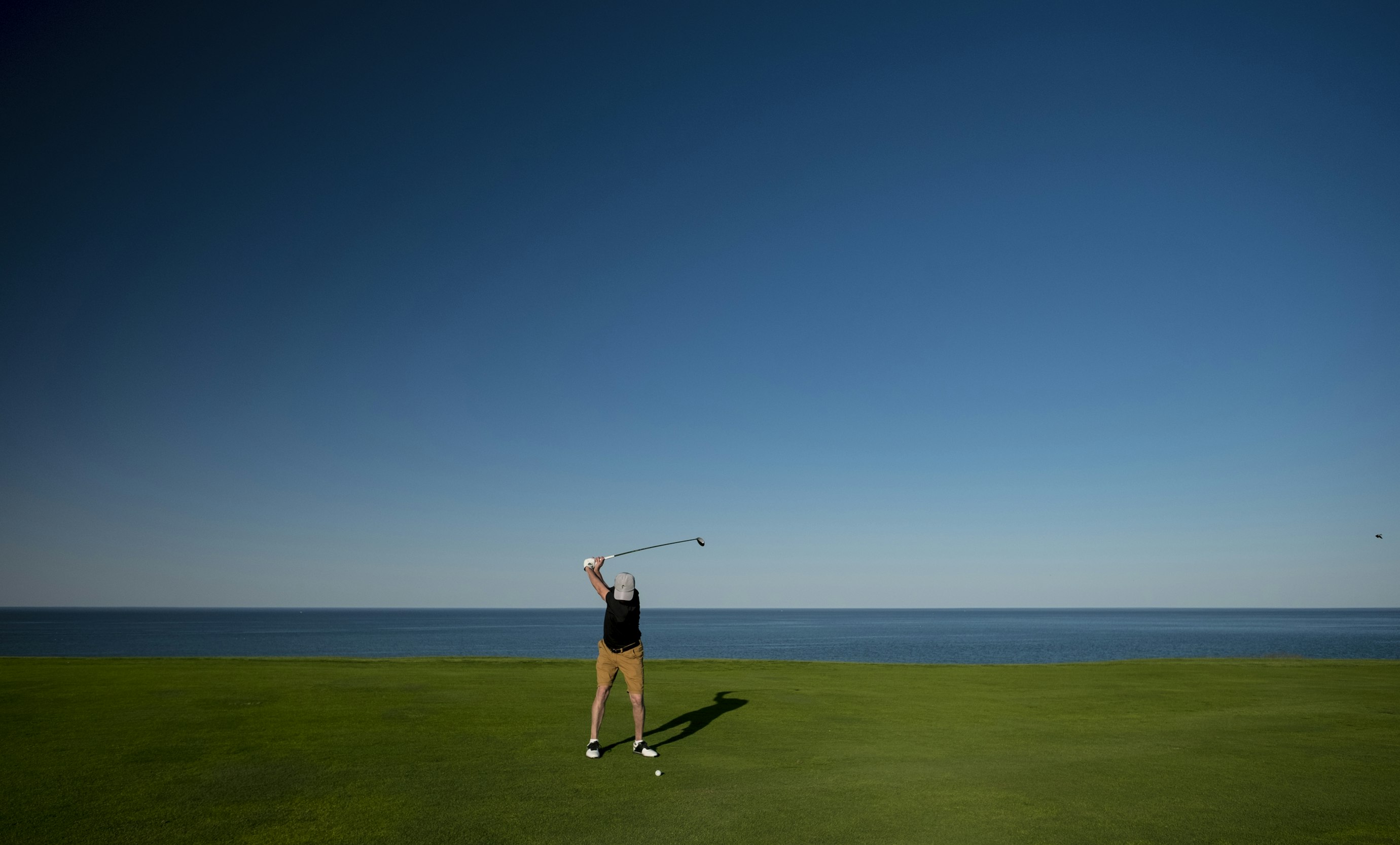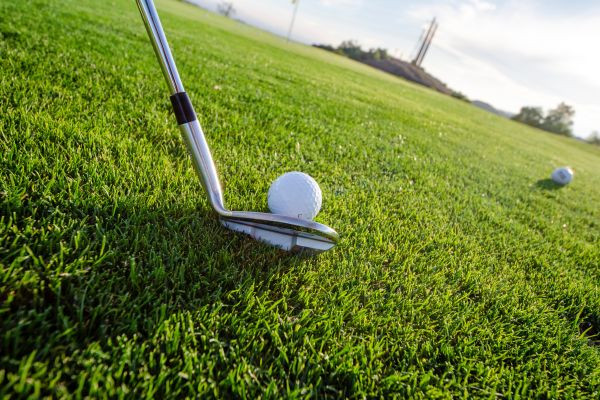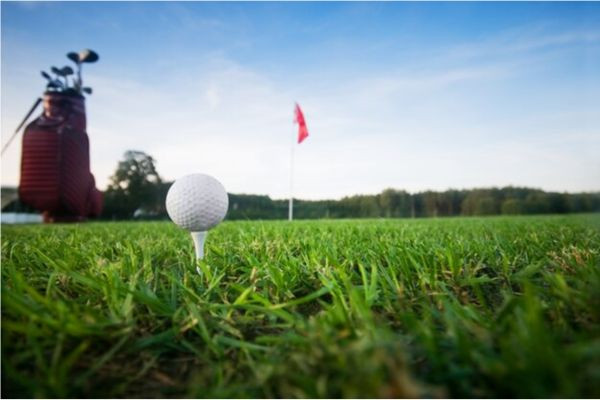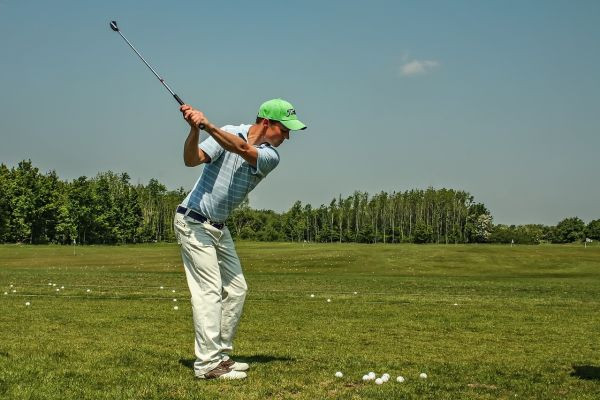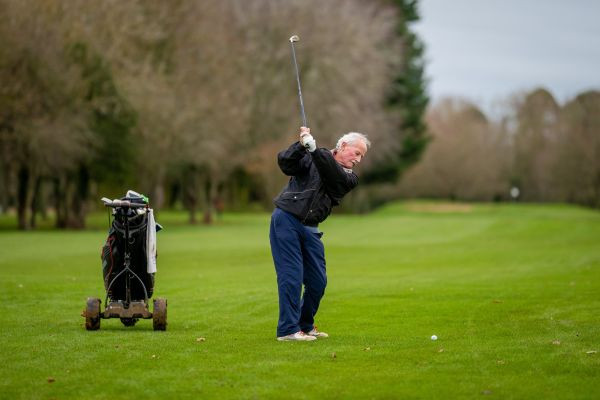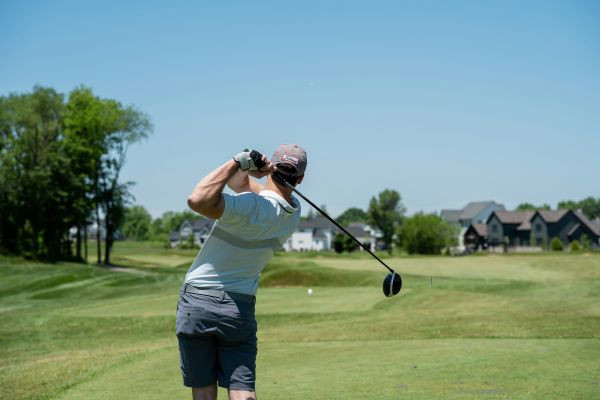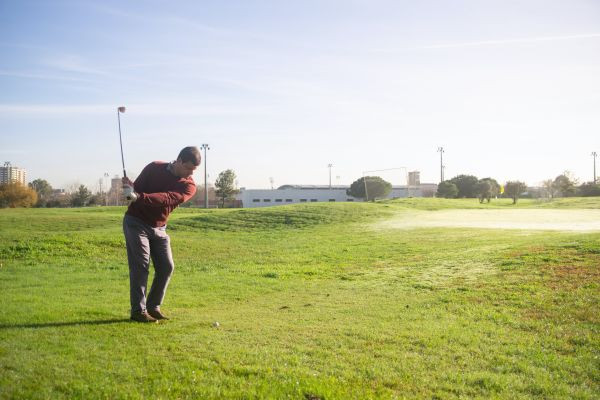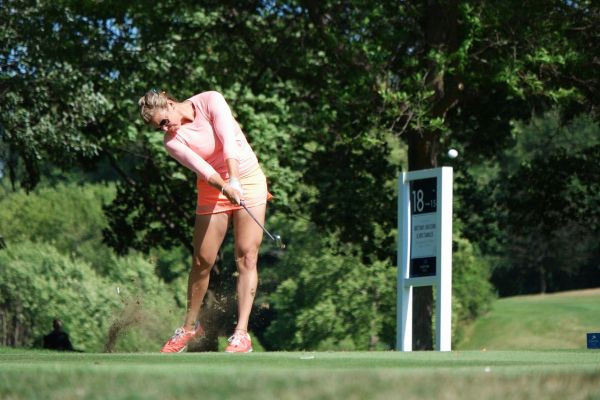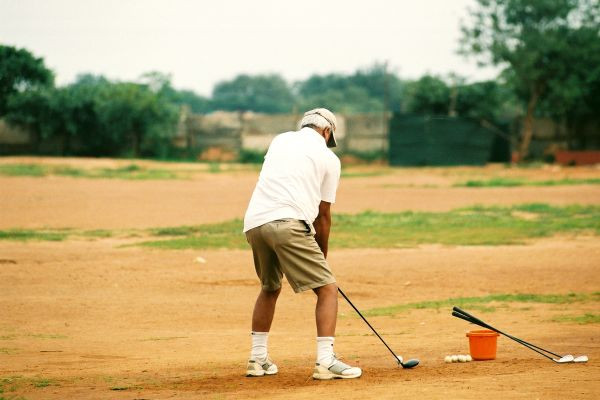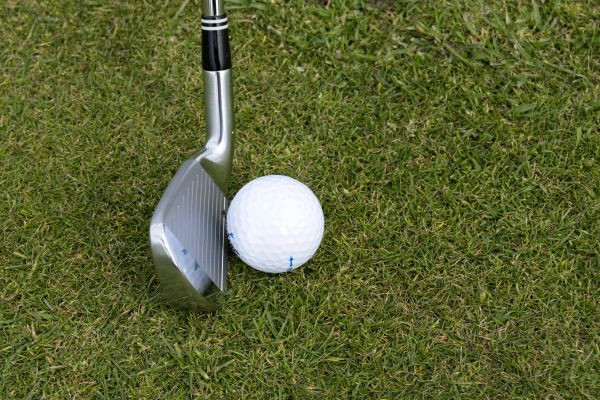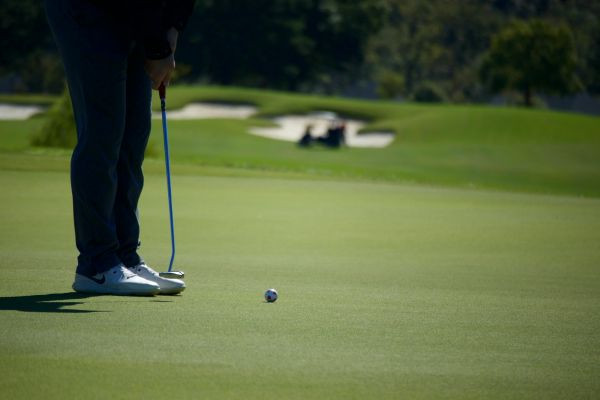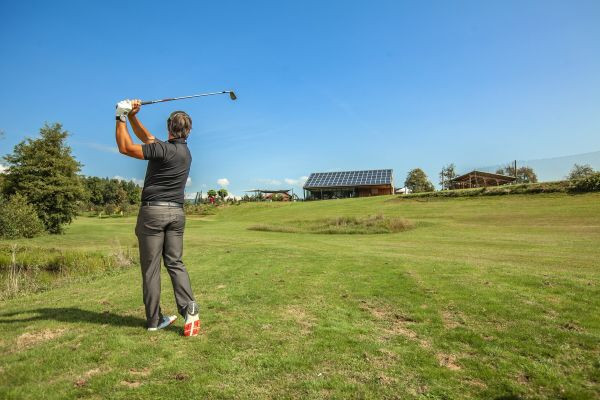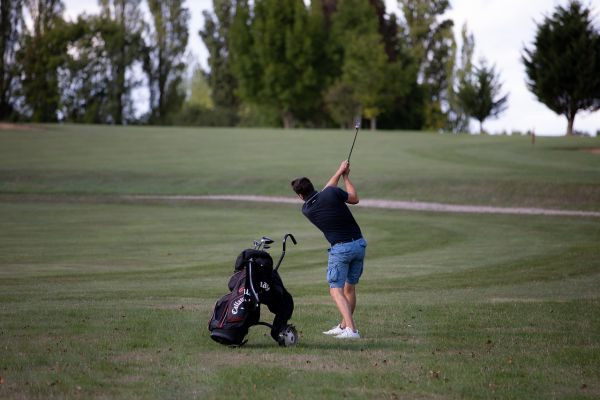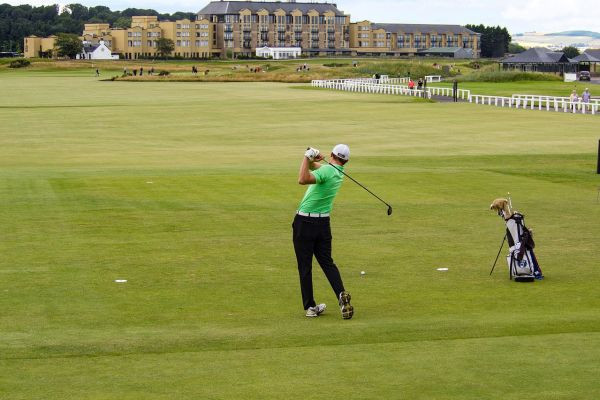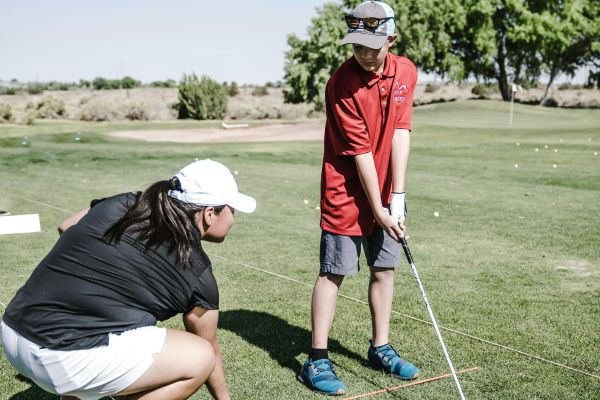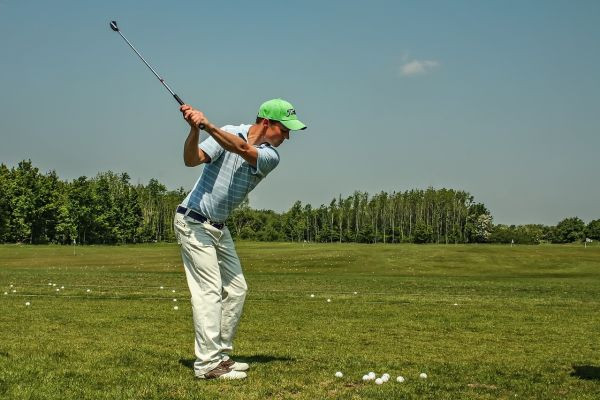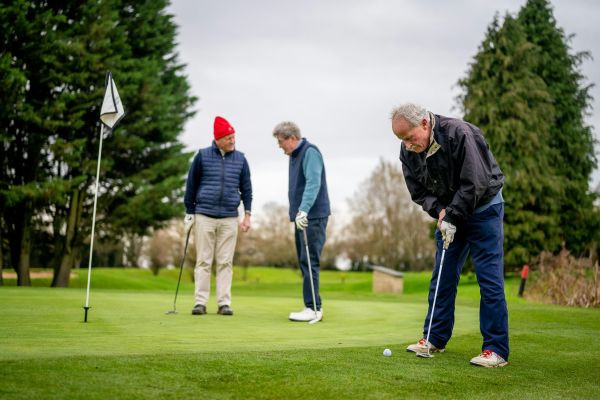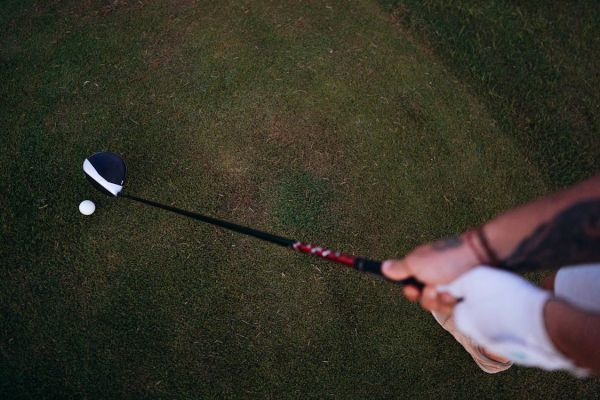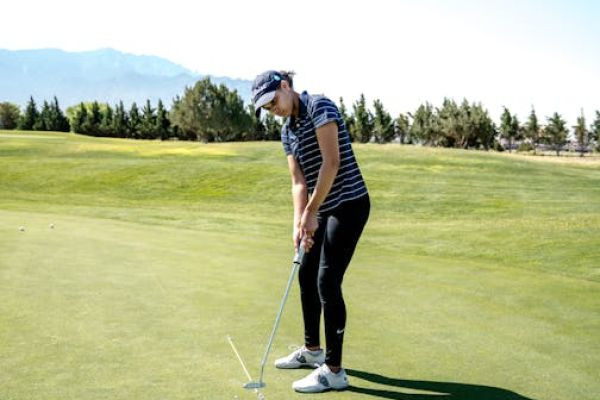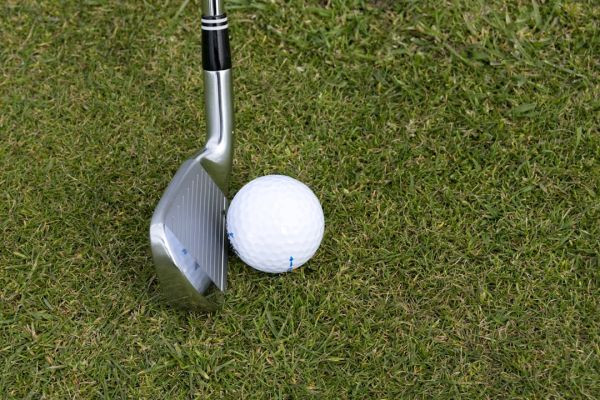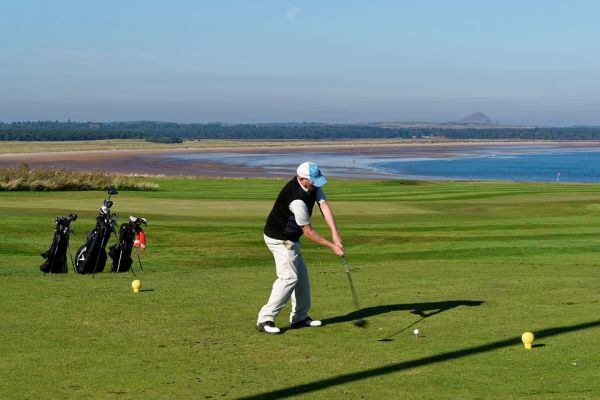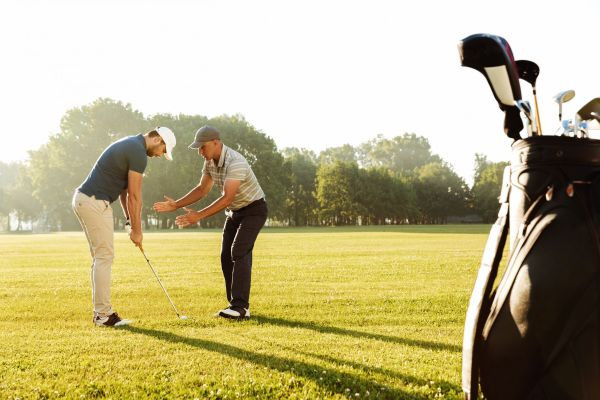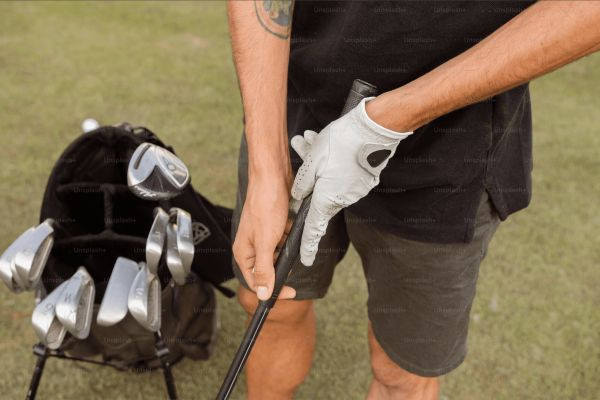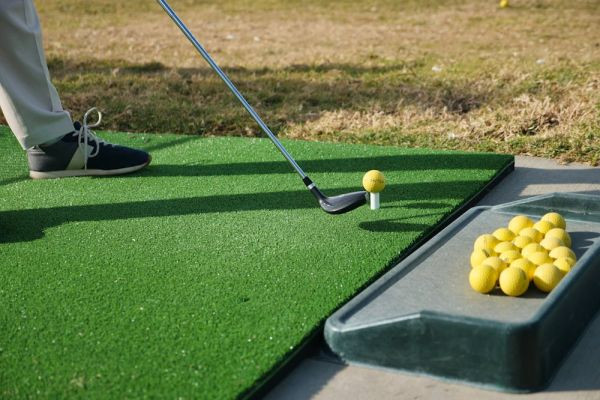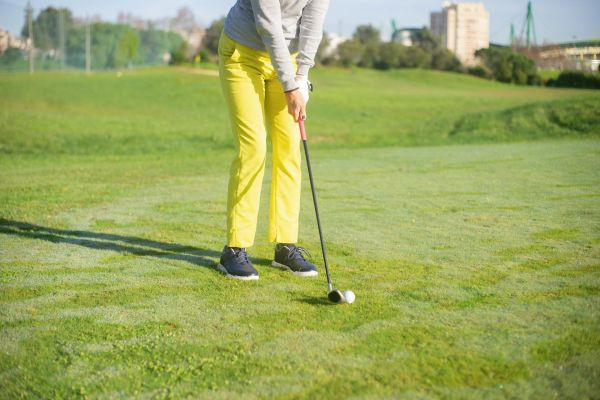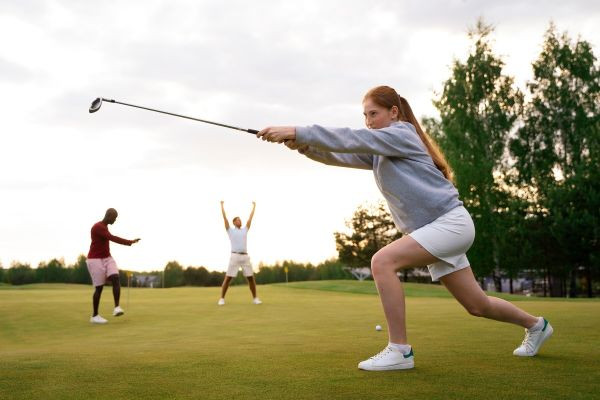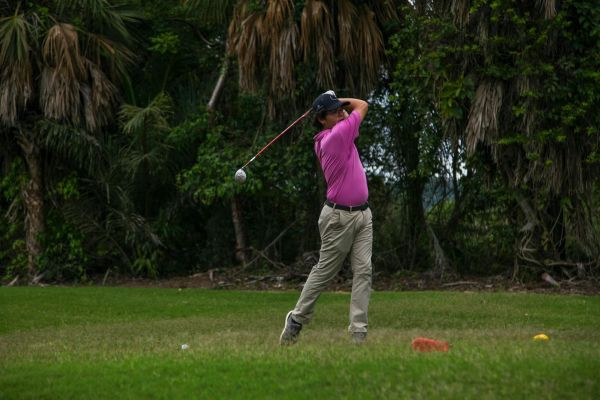Perfecting Your Golf Downswing
The downswing is the phase of the golf swing that starts immediately after the top of your backswing. It involves transitioning your body and club towards the ball in preparation for impact. This phas..
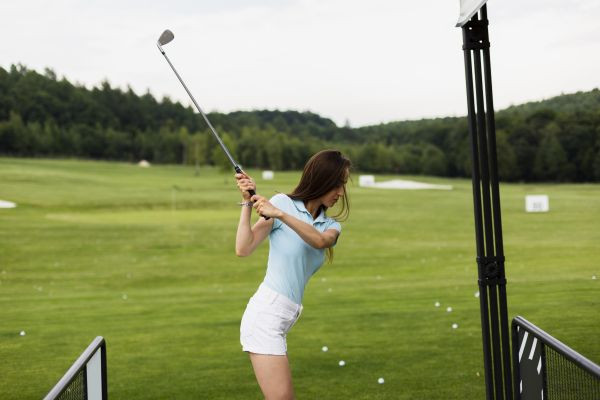
The downswing is the phase of the golf swing that starts immediately after the top of your backswing. It involves transitioning your body and club towards the ball in preparation for impact. This phase is crucial because it sets the stage for the type of shot you'll execute.
Common Mistakes in the Downswing and Their Consequences
During the downswing golfers can encounter a range of mistakes each with its own set of consequences:
Coming Over the Top: Starting the downswing by using the shoulders or arms instead of the lower body is an error known as "Coming Over the Top". This causes an outside inswing path and often leads to a slice where right handed golfers see their shots veer sharply to the right (left for left handers).
Excessive Hip Movement: Excessive hip movement during the downswing either in terms of lateral motion or over rotation is another problem. This disrupts balance and timing resulting in inconsistent ball striking. It can also lead to discomfort or injury in areas like the back and hips.
Early Release of Wrist Hinge: Releasing the wrist hinge early in the downswing is referred to as "casting." This mistake reduces clubhead speed and power ultimately resulting in weaker shots. Maintaining wrist hinge until before impact plays a crucial role, in maximizing power.
Poor Weight Transfer: Poor weight transfer can cause issues during the downswing, in golf, such as poor balance, decreased power and inconsistent ball striking. This often leads to hitting the ground before the ball (fat shots) or completely missing the ground (thin shots).
The Mechanics of an Effective Downswing
The mechanics of a downswing in golf can be compared to an orchestrated symphony, where every movement is carefully coordinated for optimal performance. It's a combination of power, precision and fluidity that work together to create a swing that not appears effortless but also delivers results. Let's delve deeper into these mechanics to gain an understanding.
The Role of the Lower Body: Initiating the Downswing
The role of the body is crucial in initiating the downswing. It acts as the engine that propels the swing forward and sets the stage for what follows. This phase begins with a significant shift of weight from the inside of your right foot (for right handed golfers) to your left foot. Though this movement may seem minor it serves as the catalyst that ignites the sequence of events, during the downswing.
To successfully initiate this shift it's crucial to maintain a grounded position. Keep your knees bent. Begin rotating your hips towards the target. Remember this rotation isn't just a movement; it's an active turn that engages your entire lower body starting from your feet and extending up to your hips.
This initial action lays the foundation for a swing. By engaging your body you set in motion a chain reaction that enables a seamless transition, into the core of the downswing resulting in a more efficient and impactful swing.
The Importance of Weight Shift
The transfer of weight is key to achieving a downswing. It distinguishes a swing from an one. Shifting your weight from the foot to the foot is essential for generating power. Think of it as winding up a spring – how effectively you transfer your weight determines how energy you unleash upon impact.
However it's not about power. The proper shifting of weight also plays a role in keeping balance throughout the swing. Balance is essential for consistency ensuring that every aspect of your swing works together seamlessly. A balanced downswing helps maintain the swing path, reducing the chances of wayward shots.
Furthermore a smooth transfer of weight contributes to a controlled and forceful impact with the ball. It allows for sequencing during the downswing ensuring that the clubhead reaches the ball with speed and precision.
Upper Body Mechanics: Achieving the Perfect Harmony
While the lower body sets the foundation it's important for the upper body to follow in coordination. This includes how your arms, shoulders and torso move. As your lower body initiates the downswing with a weight shift and hip rotation, your upper body should respond accordingly without rushing
The key here is to maintain a controlled posture, in your upper body. Your shoulders should naturally rotate following the motion initiated by your hips. This rotation should feel smooth and unhurried.
It's essential to avoid making a common mistake in golf, which is relying much on your upper body to generate power during the swing. This can result in a loss of control and effectiveness.
Your arms also play a role in the swing. They should move in harmony with the rest of your body, maintaining angles and not rushing ahead of the body's movement. Think of your arms and the club as an extension of the rotation happening below.
In terms of the upper body's role, during the downswing is to complement and complete the motion initiated by the lower body. When executed correctly this synchronization leads to an accurate swing that also embodies grace and fluidity—a reflection of skillful golfing.
Practical Drills for Perfecting Your Downswing
Photo by Andrew Rice on Unsplash
Practical exercises can help you perfect your downswing, which is crucial for improving your golf game. It involves understanding not the mechanics. Also engaging in specific drills that target each element of a successful downswing. Let's explore some drills starting from basic ones and gradually progressing to more advanced techniques—each focusing on key aspects of achieving a successful downswing.
Drill 1: Improving Footwork and Balance
Good footwork and balance are fundamental for a solid golf swing. This drill is designed to enhance the stability and power of your base, which is critical for a strong downswing.
How to Perform:
- Start without a golf club, standing in your usual golf stance.
- Focus on shifting your weight smoothly from the inside of your right foot (for right-handed golfers) to the inside of your left foot.
- Practice this weight shift slowly at first, ensuring your balance is maintained throughout the motion.
- Gradually increase the speed of your weight shift, mirroring the tempo of a real golf swing.
- Once comfortable, perform the drill with a golf club, focusing on maintaining balance while executing a smooth weight transfer.
Drill 2: Enhancing Hip Rotation
Hip rotation plays a pivotal role in generating power and ensuring a fluid swing. This drill focuses on improving the timing and efficiency of your hip movement during the downswing.
How to Perform:
- Stand in your golf stance with a club or a stick held across your hips.
- Rotate your hips as if you're executing a downswing, focusing on the fluidity and range of motion.
- Pay attention to the sequence of the movement – the hips should lead, followed by the torso, then the arms.
- Repeat this motion, gradually increasing the speed to match that of a real swing.
- Practice this drill with a focus on initiating the downswing with your hips, not your arms or shoulders.
Drill 3: Building and Maintaining Lag
Lag in golf refers to the angle created between the club shaft and the arms during the downswing. This drill is aimed at helping you build and maintain this lag, which is essential for delivering power and control during the swing.
How to Perform:
- Begin in your golf stance, holding a club in your usual grip.
- Slowly take your backswing, focusing on creating a wide arc with your arms while keeping the wrists hinged.
- As you start your downswing, concentrate on maintaining the angle between your club shaft and arms for as long as possible.
- Feel the tension or 'lag' as you move down, ensuring that your hands lead the way while the clubhead follows.
- Practice this motion slowly at first, then gradually build up to full speed, paying attention to maintaining lag throughout.
These drills, when practiced consistently, can significantly improve the different aspects of your downswing.
Advanced Techniques for Seasoned Golfers
Seasoned golfers understand that mastering the downswing is not just about the basic mechanics, but also about fine-tuning and employing advanced techniques to elevate their game. Here, we delve into some sophisticated methods that can help experienced golfers enhance their downswing.
Fine-Tuning Your Downswing Timing
Timing is a critical aspect of golf, especially in the downswing. Perfect timing ensures that all elements of the swing – from the lower body movement to the final clubhead impact – are perfectly synchronized.
How to Improve:
- Focus on the sequence of movements: Start with slow-motion swings to deeply understand the sequence from the transition at the top to the impact. This helps in ingraining the muscle memory necessary for perfect timing.
- Use rhythm drills: Practice swings where you count each phase of the swing (backswing, downswing, impact) to develop a consistent rhythm.
- Video analysis: Record your swings to visually analyze the timing and sequence. This can offer insights into areas that require adjustments.
Incorporating Flexibility and Strength Training
A powerful downswing is not just technique-driven but also relies on the golfer's physical capabilities. Flexibility and strength play a significant role in enhancing the swing's power and fluidity.
Effective Exercises and Routines:
- Flexibility training: Incorporate yoga or Pilates into your routine. These disciplines improve your range of motion, crucial for a fluid swing.
- Core strengthening: A strong core is vital for a stable and powerful swing. Engage in exercises like planks, Russian twists and medicine ball workouts.
- Leg strength: Building lower body strength can significantly impact your downswing power. Squats, lunges and leg presses are great exercises for this purpose.
Mental Strategies for Consistency
The mental game is often what separates good golfers from great ones. Consistency in the downswing and golf in general, requires a strong mental approach.
Strategies to Enhance Mental Strength:
- Visualization: Before each swing, visualize the perfect downswing and shot. This mental imagery helps in aligning your physical actions with your mental blueprint.
- Routine establishment: Develop a pre-shot routine that helps in calming the mind and preparing for the shot. Consistency in routine leads to consistency in performance.
- Mindfulness and concentration: Practice mindfulness exercises to enhance your concentration on the course. This helps in staying focused on the current shot, reducing the impact of past mistakes or future anxieties.
Conclusion
Improving your golf game heavily relies on mastering the downswing. This involves a combination of skills, mental focus and understanding details. Consistent practice is crucial, for success utilizing both exercises and advanced techniques to enhance power, precision and timing.
Remember that golf is not about abilities; it also requires mental strategies such as visualization and mindfulness for consistent performance under pressure. Incorporating flexibility and strength training is also important to improve your swing and prevent injuries.
Frequently Asked Questions (FAQs)
What is the most important aspect of a good downswing in golf?
One of the elements of a successful downswing is the synchronization between the lower and upper body. This entails initiating the movement by shifting weight from your foot to your foot in a proper manner. It's important for the lower body to lead while the upper body follows smoothly and in control. This coordination plays a role in achieving both power and accuracy in your shots.
How can I avoid coming over the top during my downswing?
To avoid swinging over the top, focus on starting your downswing, with your lower body by shifting some weight onto your front foot. Practice keeping your arms and shoulders relaxed at the beginning of the downswing. Working on drills that focus on rotating your hips and shifting your weight can be really helpful in fixing this mistake.
Can improving my downswing help to increase my driving distance?
Absolutely improving your downswing can make a difference in how you drive the ball. When you execute a downswing it enhances power transfer. Increases clubhead speed. Building and maintaining lag along with ensuring a shift of weight and rotation of the hips are elements that contribute to longer drives.
Is flexibility important for a better downswing and how can I improve it?
Having flexibility is extremely important for a downswing because it allows for a range of motion resulting in a more powerful and smooth swing. To enhance flexibility incorporate stretching routines that target your hips, shoulders. Activities like yoga or pilates can also be beneficial for flexibility improvement.
What mental strategies can I use to improve my downswing?
When it comes to strategies, improving your consistency in your pre shot routine is key. Visualizing the swing path and motion during the downswing is also helpful. Staying relaxed and focused throughout the swing is vital too. Practicing mindfulness and positive self talk can build confidence. Reduce anxiety while playing on the course.

